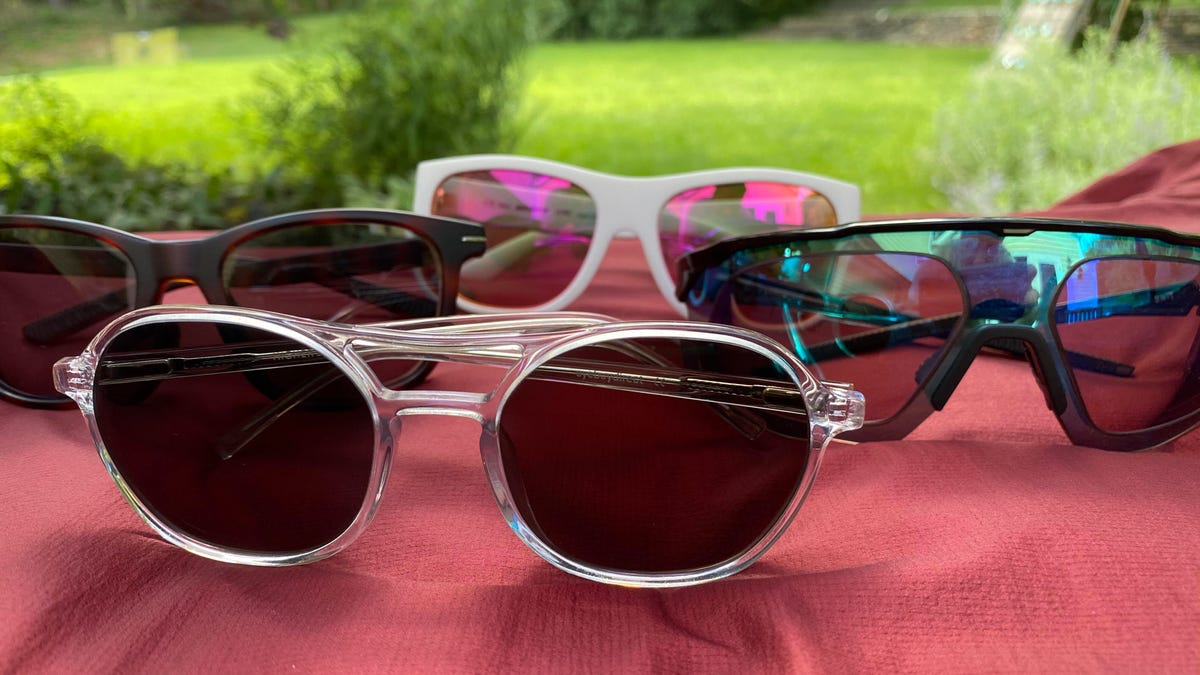The Samsung Galaxy S24 sequence packs arguably the very best {hardware} specs within the enterprise, from a speedy processor to sturdy construct high quality. The splendid AMOLED show, particularly, is a long-running sequence spotlight, however having spent a number of hours watching HDR films on my new Galaxy S24 Extremely, I’m left a bit disenchanted.
At first, I assumed it had one thing to do with my film file, so I went onto YouTube and located some HDR movies to check these too. Whereas watching SDR content material, every thing seemed as I’d anticipate. Nevertheless, with HDR, the image seems dim and the highlights aren’t even that shiny, regardless of Samsung’s claims of two,600 nits of peak brightness. Total, the presentation seemed muted and uninteresting.
So, I examined it towards my Google Pixel 8 Professional and Apple iPhone 15 Professional, and lo and behold, the S24 Extremely confirmed constantly decrease peak brightness numbers than each of those units. Considerably decrease, in actual fact. Almost 40% much less brightness than the iPhone when displaying at peak white, overlaying 50% of the display. Simply to present you an thought, even in comparison with an previous iPhone 11 Professional Max, a handset that claims a mere 1,200 nits of peak brightness, the Galaxy S24 nonetheless seemed dimmer and supplied much less distinction when displaying real-world content material.
10% white window
Galaxy S24 Extremely
1,159 nits
Pixel 8 Professional
1,467 nits
iPhone 15 Professional
1,567 nits
HDR Peak Brightness
50% white window
Galaxy S24 Extremely
1,150 nits
Pixel 8 Professional
1,430 nits
iPhone 15 Professional
1,592 nits
HDR Peak Brightness
100% white window
Galaxy S24 Extremely
1,066 nits
Pixel 8 Professional
1,372 nits
iPhone 15 Professional
1,201 nits
I re-ran my assessments effectively over 4 occasions (I misplaced rely at that time); I went into the settings to allow the excessive brightness mode, made certain to check the telephone with and with out adaptive brightness, and checked vivid mode and pure mode. I even ran each HDR10 and HDR10+ movies, simply to ensure it didn’t have something to do with the dynamic metadata of HDR10+, however nothing appeared to make a distinction.
Not like rivals, Samsung’s HDR brightness is all the time adaptive

Robert Triggs / Android Authority
That was till I began to mess around with ambient gentle brightness, and the problem turned as clear as day. A type of adaptive brightness is all the time enabled for HDR content material on the S24 sequence. Within the video above, you may see the show’s brightness rise in clear steps as I enhance the room’s brightness, despite the fact that adaptive brightness is off and shouldn’t intrude with brightness in such a drastic means when displaying HDR content material.
This results in some annoying results. In case you’re watching HDR content material indoors with solely oblique gentle, Samsung’s software program lowers the show’s brightness it doesn’t matter what settings you could have on. This not solely creates photos that lack the glowing highlights that OLEDs are so good at reproducing, however it additionally makes the darker elements of the picture darker than they need to be.
In case you’re watching HDR content material indoors, Samsung lowers the show’s brightness it doesn’t matter what settings you could have on.
That’s a mistake. The whole level of HDR is to regulate the distinction as a lot as attainable, so screens shouldn’t intrude with the creator’s meant distinction ratio for a selected scene.
The exception can be boosting brightness for accessibility causes. I suppose, for those who’re watching a film or TV present exterior, in direct, shiny gentle, it’s higher to see a boosted picture than no picture in any respect. Nonetheless, I solely see that as an accessibility function that needs to be toggled on and off, not the default utilized in all viewing eventualities.
Maybe worse, you may as well see the display shift shade barely, making subtler blues into extra vibrant and intense hues. It seems like Samsung is attempting to trick my eyeballs into preferring it, to the detriment of accuracy and respecting the unique image.
What Samsung says about HDR playback

Robert Triggs / Android Authority
We reached out to Samsung for a proof of the habits and whether or not it’s intentional or not. Right here’s what Samsung needed to say:
“Adaptive Brightness drives show changes based mostly on the ambient gentle stage. Samsung Galaxy units course of HDR movies to regulate the luminance of the show adaptively based mostly on not solely present show brightness, but additionally viewing circumstances. That is to offer enhanced visibility and a extra immersive viewing expertise to customers, finest showcasing the excessive dynamic vary of HDR video property.”
So that is intentional, with Samsung’s software program compensating for ambient viewing circumstances to try to enhance the look of HDR movies. I’m not satisfied it really works very effectively.
What does this imply for Galaxy HDR playback?
Robert Triggs / Android Authority
Each Samsung gadget that we tried, together with the vanilla Galaxy S24, S24 Extremely, and S23 Extremely, behaved very equally. And not using a toggle to show this on and off, adaptive brightness is how Samsung seems to deal with HDR video on all its flagship telephones.
On the plus facet, environmental adaptability may help enhance visibility, notably outside, the place daylight could make it onerous to see the show. The truth that Samsung’s show isn’t as super-bright as telephones that declare absurd figures like 4,000 nits of peak brightness isn’t essentially a difficulty by itself. Sustaining constant distinction together with excessive brightness is what’s necessary. Nevertheless, that requires adaptability to be dealt with the fitting means.
Each Samsung telephone we tried is locked to adaptive brightness for HDR. I might relatively a toggle.
Sadly, Samsung’s approach produces visible artifacts. For one, you may typically see the brightness stepping up with modifications in ambient gentle. That is fairly distracting whereas mid-movie, notably in case you are on public transport and go in a tunnel that briefly modifications the ambient gentle. Annoyingly, the transition is nowhere close to as easy because the default auto brightness that scales it in a way more nice means. It’s fairly abrupt.
That’s along with the shadow-crushing, color-skewing, and relatively dim presentation with indoor lighting that detracts from the standard (and goal) of HDR video. In the end a toggle to show HDR adaptive brightness on and off would go well with each worlds. Given the swathes of current show choices, a “filmmaker mode” for HDR wouldn’t take a lot so as to add. Make it so, Samsung?

Samsung Galaxy S24 Extremely
Highly effective, versatile cameras Glorious replace dedication Good flat show
Google Pixel 8 Professional
Glorious cameras Enjoyable, unique Android 14 customizations Trade-leading replace promise
Feedback






/cdn.vox-cdn.com/uploads/chorus_asset/file/25332833/STK051_TIKTOKBAN_CVirginia_A.jpg)
















